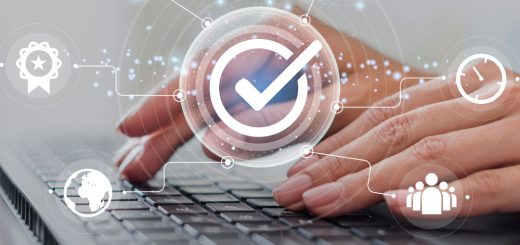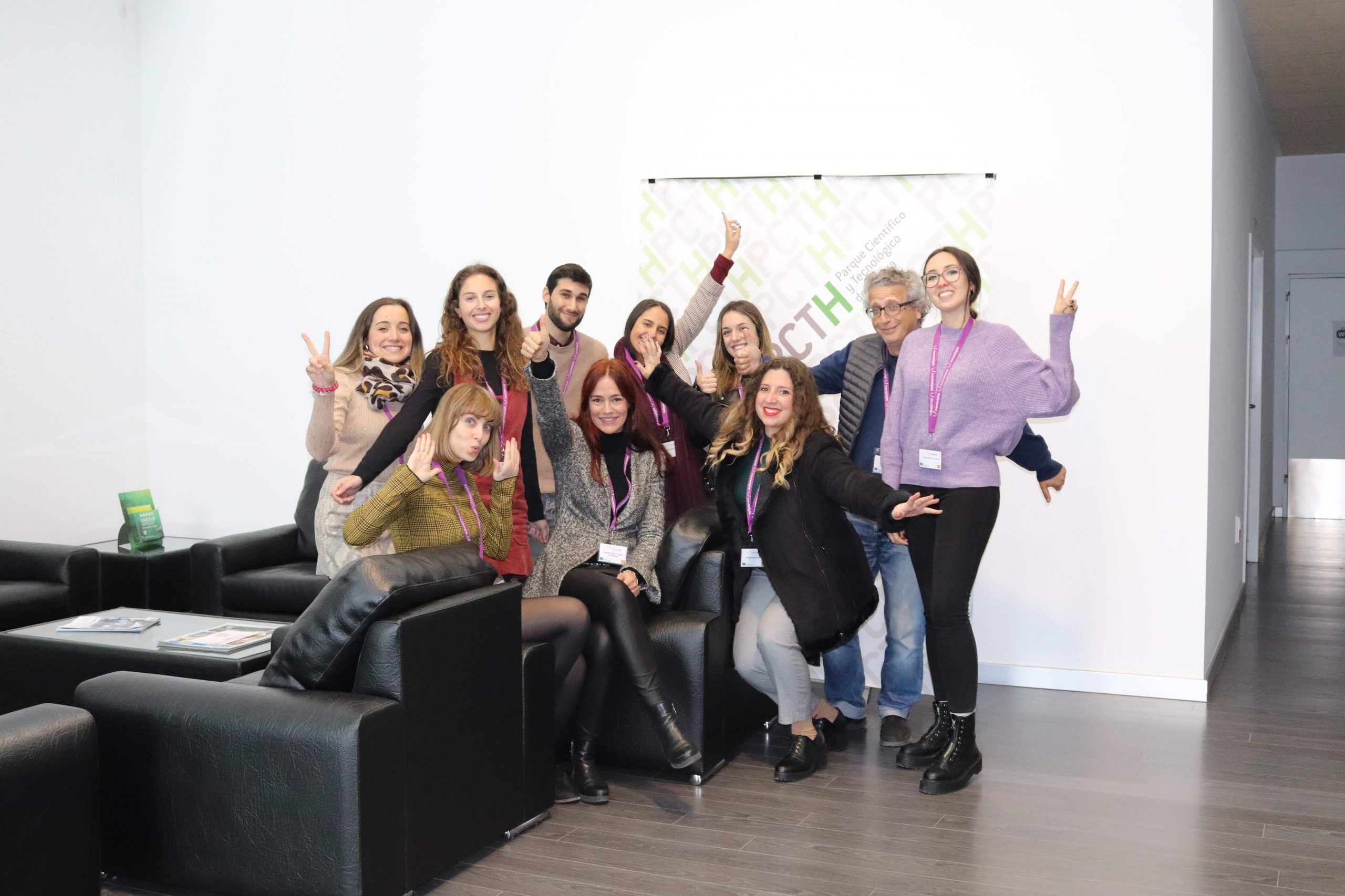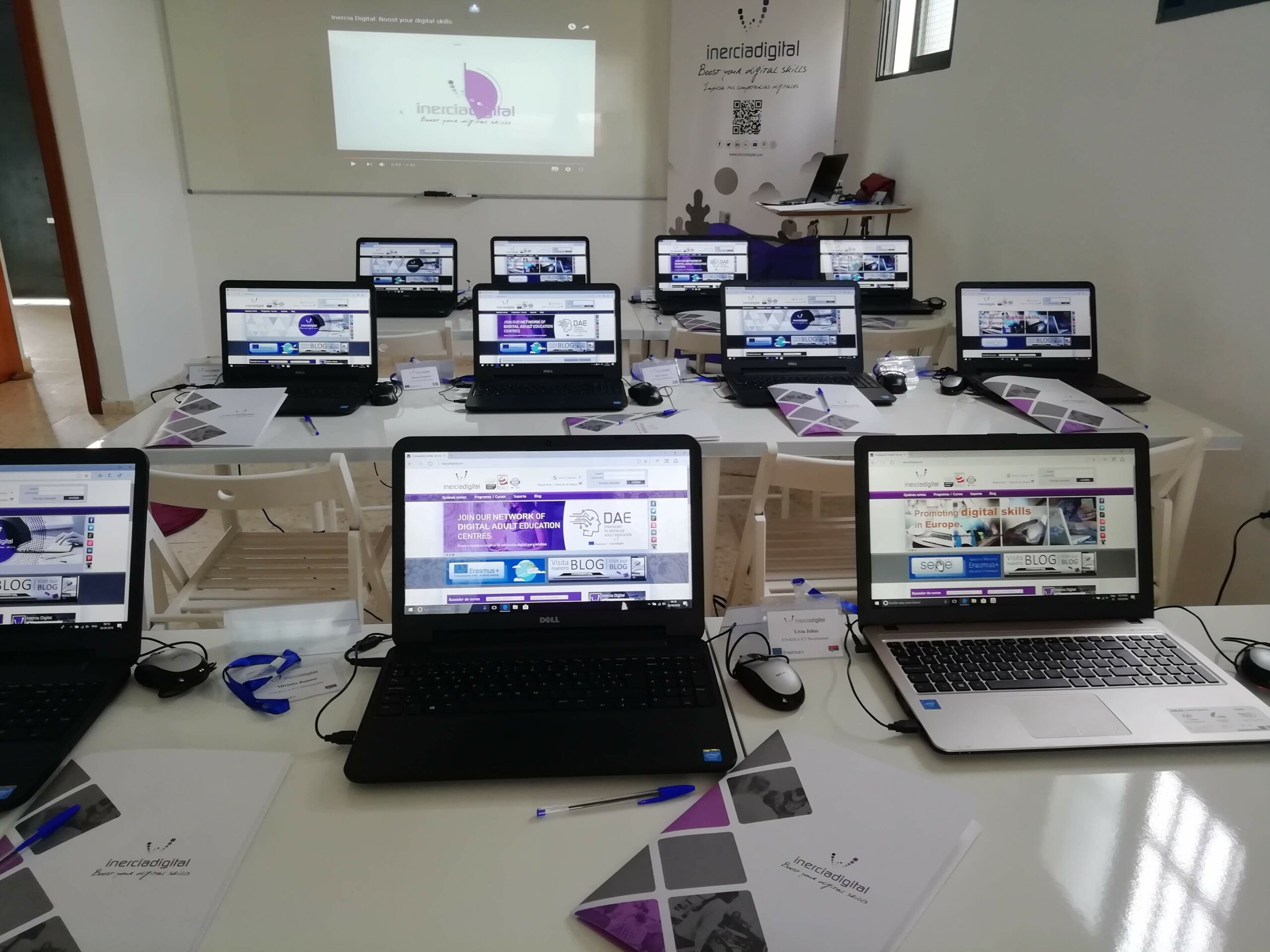Educación no formal:donde se unen el origen y el resultado // Non formal education: source and result coming together
Educación no formal: donde se unen el origen y el resultado
 La educación es un proceso cambiante que ha ido evolucionando y lo seguirá haciendo de acuerdo a la propia evolución del ser humano. Así, hoy en día nos referimos a tres conceptos diferentes cuando se habla de educación, según hablemos de formal, informal o no formal.
La educación es un proceso cambiante que ha ido evolucionando y lo seguirá haciendo de acuerdo a la propia evolución del ser humano. Así, hoy en día nos referimos a tres conceptos diferentes cuando se habla de educación, según hablemos de formal, informal o no formal.
La educación formal es la que sigue una metodología tradicional (la de pupitre y pizarra, ya sea ésta de mineral, digital o una pantalla enfocada por el proyector), mientras que la educación informal es aquella que se desarrolla al margen de las instituciones y planes educativos (adquiriendo otros conocimientos y valores, personales y profesionales).
Por su parte, la educación no formal sí es organizada y planificada, pero se aleja del sistema educativo reglado. Así, comparte ventajas con la educación formal, pero adquiere otras nuevas:
– Sigue una estructura más libre y flexible.
– Se adapta a contenidos específicos diseñados para satisfacer las necesidades de su target.
– No es oficial, pero tampoco obligatoria: es voluntaria y destinada a ampliar ciertas habilidades y competencias.
– Cuenta con la motivación previa del alumno.
– Es democrática: da oportunidad de formación a quienes quedaron fuera del sistema educativo
– Favorece la participación entre los miembros de un grupo dinámico.
La educación no formal es el resultado de una necesidad social, por unos huecos que no han podido ser cubiertos por la vía formal. Así, se convierte también en el origen de la formación universal, de todo y para todos.
Existen diferentes sistemas para evaluar la calidad de este tipo de educación. Inercia Digital, como resultado del proyecto Erasmus+ KA3 Cooperactive, ha incorporado la ISO 29900:2010, específica para proveedores de servicios de aprendizaje en la educación no formal. Una garantía de calidad para todos nuestros cursos formativos.
___
Non formal education: source and result coming together
Education is a changing process that has evolved and it will continue doing it according to the evolution of the human being. Nowadays we refer to three different concepts when talking about education: formal, informal and non-formal.
Formal education follows a traditional methodology (with desk and blackboard – no matter the material: mineral, digital or projected on a screen), while informal education is developed outside educational institutions and plans (acquiring other knowledge and values – both personals and professionals).
On the other hand, non-formal education is organized and planned, but it is far from the educational system. So that, it shares benefits with formal education, but it also has new ones:
– It follows a more free and flexible structure.
– It is adapted to specifically designed contents in order to satisfy the needs of its target group.
– It is not official, neither compulsory: it is voluntary and aims to enhance certain competences and abilities.
– It enjoys the previous motivation of its pupils.
– It is democratic: giving formative opportunities to those who left out of the system.
– It promotes participative and dynamic environments among the members of the group.
Non-formal education is the result of the social needs, created through the gaps that could not be covered before in a formal way. In this sense, it also becomes the source of the universal learning – about everything, for everyone.
There are different systems designed to evaluate the quality of this kind of education. Inercia Digital -as a result of the Erasmus+ KA3 project Cooperactive– has integrated the ISO 29900:2010, specific for learning services providers in non-formal education. It means a quality guarantee in every of our training courses.
María de la Rosa
Latest posts by María de la Rosa (see all)
- ¿Qué necesidades tiene el profesorado en materia TIC? Estudiamos su integración en la educación con el proyecto DISCO - 19/01/2016
- Educación no formal:donde se unen el origen y el resultado // Non formal education: source and result coming together - 10/12/2015
- La gamificación del aula como estrategia de aprendizaje // Gamification in the classroom, a learning strategy - 10/11/2015




